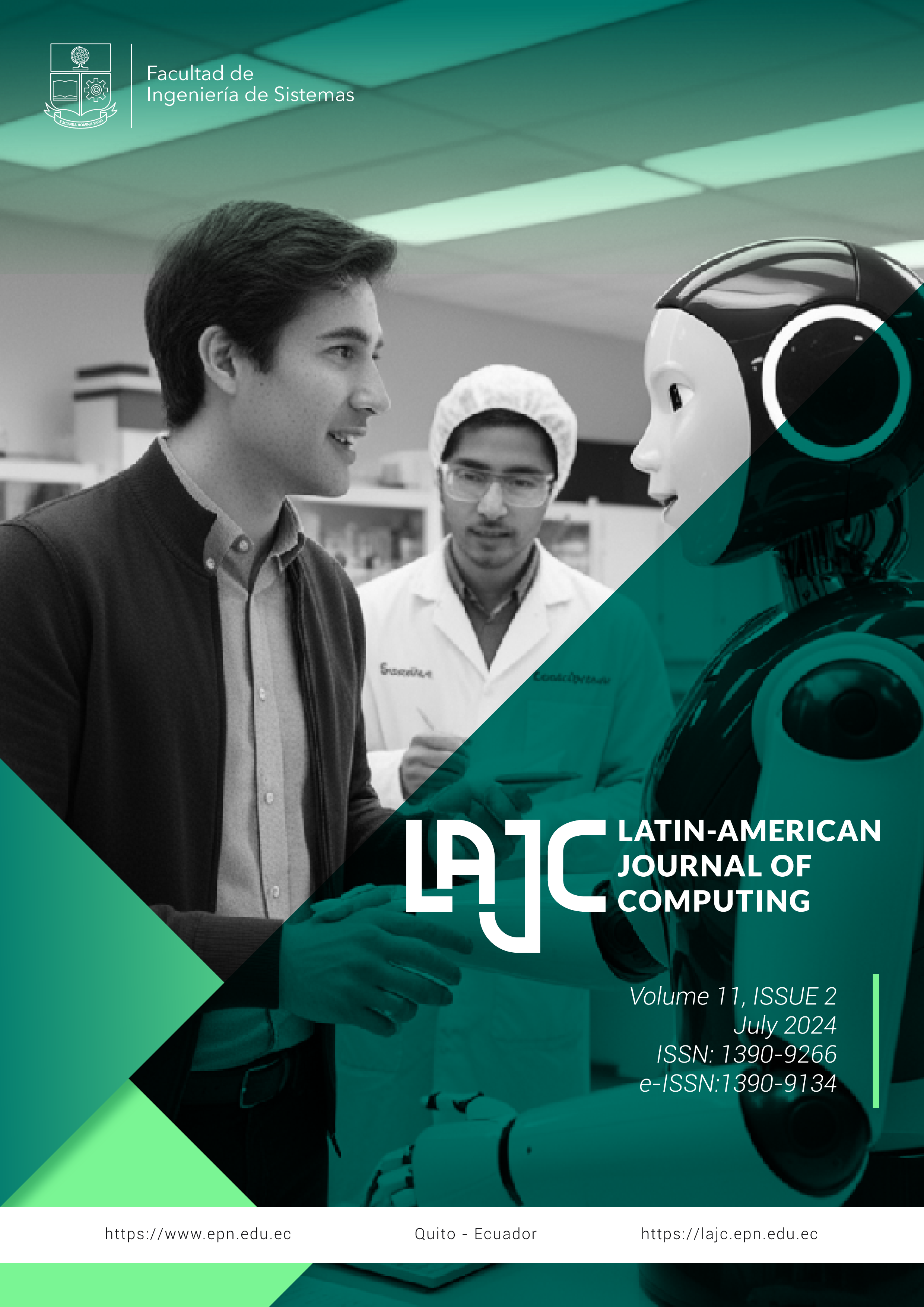ANN-MoC Method for Inverse Transient Transport Problems in One-Dimensional Domain
Keywords:
artificial neural network, method of characteristics, particle neutral transport, inverse problemAbstract
Transport problems of neutral particles have important applications in engineering and medical fields, from safety and quality protocols to optical medical procedures. In this paper, the ANN-MoC approach is proposed to solve the inverse transient transport problem of estimating the absorption coefficient from scalar flux measurements at the boundaries of the model domain. The central idea is to fit an Artificial Neural Network (ANN) using samples generated by direct solutions computed by a Method of Characteristics (MoC) solver. The direct solver validation is performed on a manufactured solution problem. Two inverse problems are then presented for testing the ANN-MoC method. In the first, a homogeneous medium is assumed, and, in the second, the medium is heterogeneous with a piecewise constant absorption coefficient. We show that the method can achieve good estimates, with accuracy depending on that of the direct solver. We also include a test of sensibility by studying the propagation of noise on the input data. The results highlight the potential of the proposed method to be applied to a broader range of inverse transport problems.
Downloads
Published
Issue
Section
License
Copyright Notice
Authors who publish this journal agree to the following terms:
- Authors retain copyright and grant the journal right of first publication with the work simultaneously licensed under a Creative Commons Attribution-Non-Commercial-Share-Alike 4.0 International 4.0 that allows others to share the work with an acknowledgement of the work's authorship and initial publication in this journal.
- Authors are able to enter into separate, additional contractual arrangements for the non-exclusive distribution of the journal's published version of the work (e.g., post it to an institutional repository or publish it in a book), with an acknowledgement of its initial publication in this journal.
- Authors are permitted and encouraged to post their work online (e.g., in institutional repositories or on their website) prior to and during the submission process, as it can lead to productive exchanges, as well as earlier and greater citation of published work.
Disclaimer
LAJC in no event shall be liable for any direct, indirect, incidental, punitive, or consequential copyright infringement claims related to articles that have been submitted for evaluation, or published in any issue of this journal. Find out more in our Disclaimer Notice.










